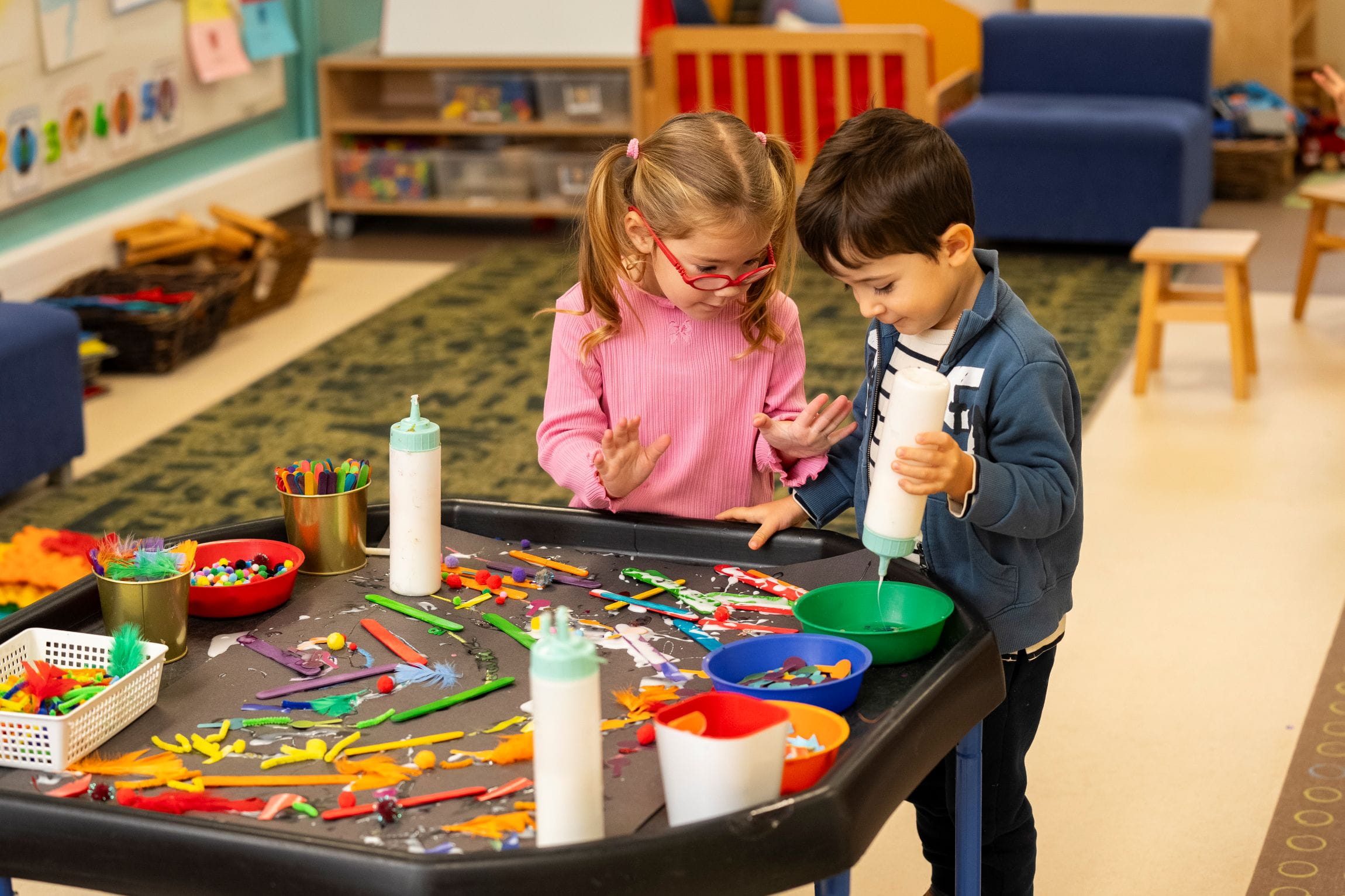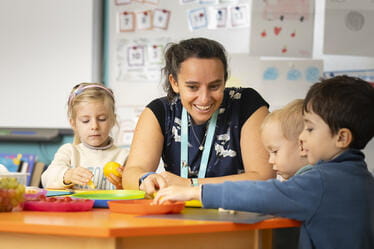The phrase “messy play” can often cause a moment of hesitation for adults—visions of paint-splattered clothes, gooey fingers, and glitter-covered floors are enough to make anyone pause. But when we look past the mess, we discover something much more valuable: an incredibly rich and meaningful way for children to learn.
At BISB, we actively encourage messy play as an essential part of the learning process. Far from being just fun, messy play supports a wide range of developmental skills that help lay the foundations for future learning.
What is Messy Play?
Messy play is all about learning through hands-on experiences. It invites children to use all five senses—touch, sight, smell, taste, and hearing—to explore the world around them. Whether they're squishing playdough, splashing in water, or experimenting with paint, children are naturally discovering how materials behave and how their actions affect the world. Importantly, messy play allows for freedom of exploration. There is no “right” or “wrong” way to engage, which helps foster independence and creativity from an early age.
Why is Messy Play Important?
Messy play is more than just fun - it’s a powerful developmental tool that benefits children in many ways:
- Physical Development
Handling different textures and materials strengthens both fine motor skills (small hand movements used for tasks like writing and cutting) and gross motor skills (larger movements like pouring, squeezing, or stirring). It also enhances hand-eye coordination, which is crucial for many everyday activities.

- Cognitive Growth
Messy play promotes critical thinking and problem-solving. Children learn through trial and error—how to mix colours, balance objects, or figure out why some materials float while others sink. These early experiments support the development of scientific thinking.
- Sensory Awareness
Children engage deeply with their senses, especially touch and sight. Feeling sticky, soft, gritty, or smooth textures builds a sensory vocabulary and helps children make sense of different sensations—key for both learning and emotional regulation.
- Social Skills
Whether it’s sharing tools or working side-by-side with peers, messy play naturally lends itself to social interaction. It provides opportunities to practice turn-taking, cooperation, and communication in an unstructured, pressure-free setting.

- Imagination and Creativity
Messy play opens the door to creative expression. A lump of clay can become a dinosaur; a splash of paint might be the start of a rainbow. This kind of open-ended exploration encourages imaginative thinking and experimentation.
- Confidence and Self-Expression
Because there’s no “correct” outcome, messy play is a safe space for children to take risks, try new ideas, and build self-esteem. They learn that it’s okay to get things wrong and that making a mess is part of the learning journey.
Conclusion
While it may require a little extra clean-up, the benefits of messy play far outweigh the challenges—because beneath a tub of paint or a pile of shaving foam lies a world of learning, discovery, and growth.
Simonetta Castilla
Head of EYFS & Year 1







